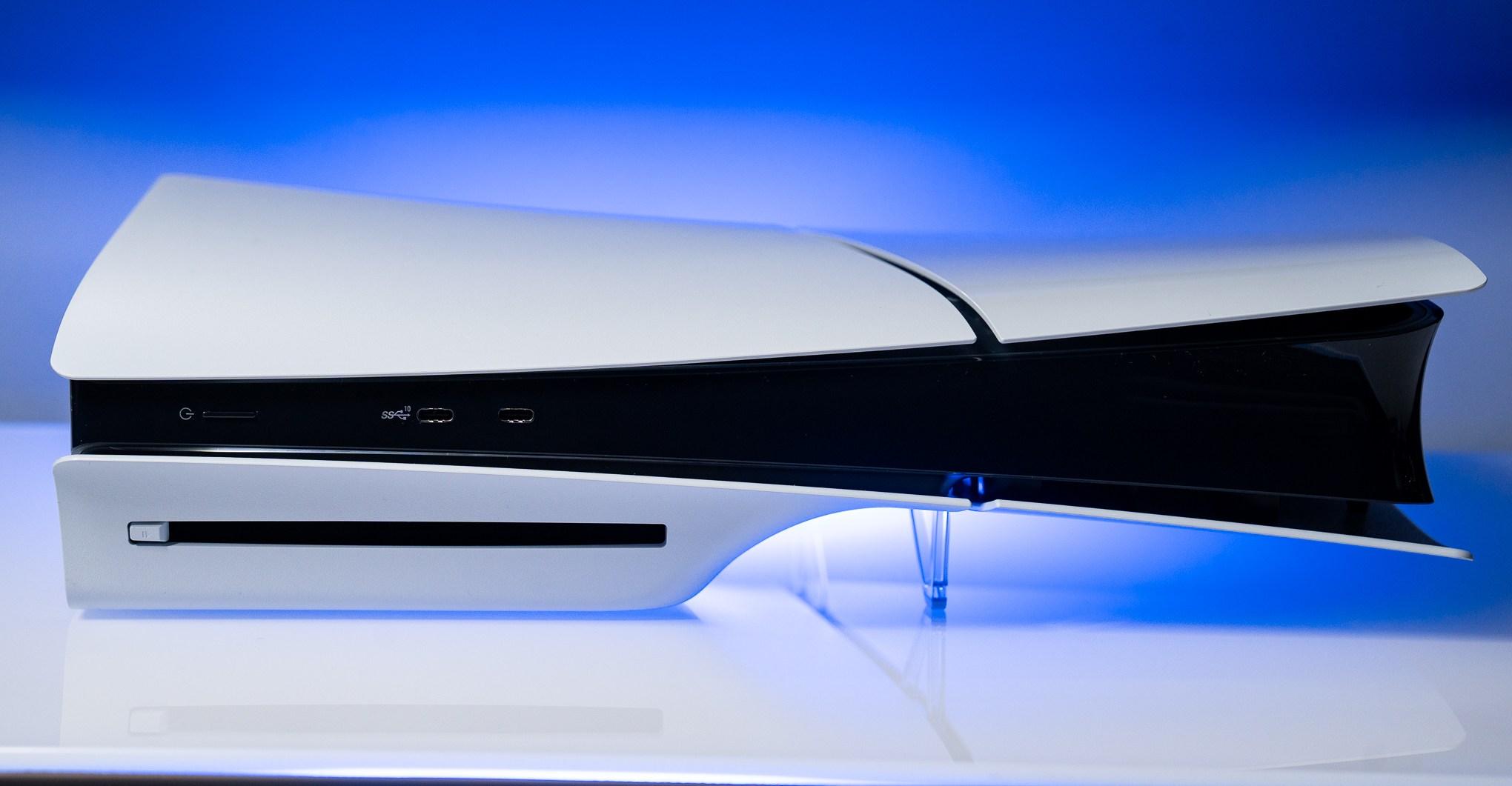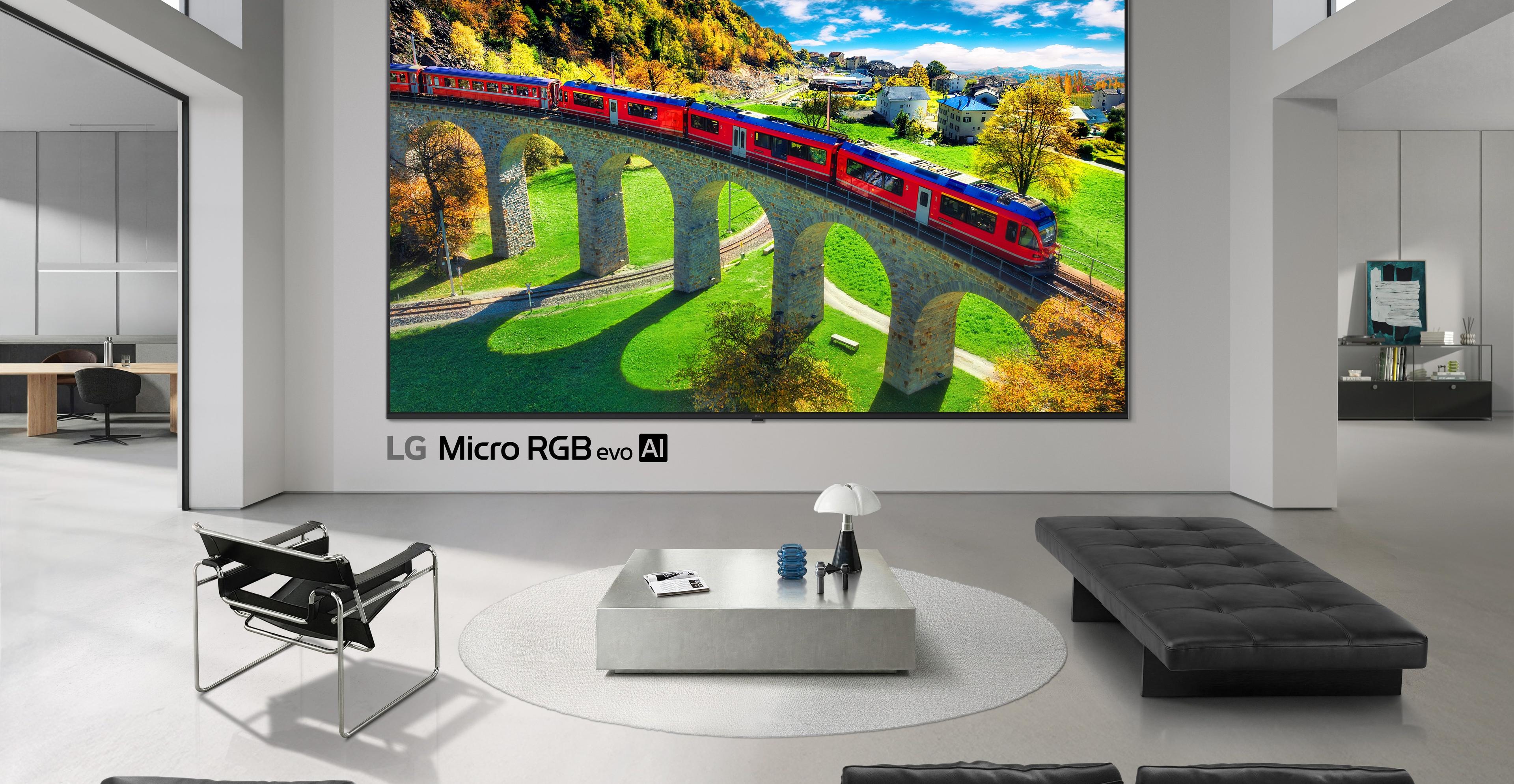I’ve tried lots of different ways to light up the patio in my backyard so I can enjoy sitting outside into the wee hours. Everything from fairy lights to path lights to standard string lights has been wrapped around the myrtles or dug into the borders. But none have survived more than a couple of scorching South Carolina summers. So, I was excited to test two new smart outdoor string lights from Nanoleaf and Lifx.
The Nanoleaf Matter Smart Multicolor Outdoor String Lights ($129.99 for a 49-foot string with 20 bulbs) and Lifx Outdoor SuperColor String Lights ($129 for a 24-foot light string with 12 bulbs) both feature individually addressable full-color and tunable white LED bulbs and are capable of gradient lighting effects. This makes them super versatile. I can have a green and gold-themed St. Paddy’s Day party in March, a red, white, and blue-themed Fourth of July bash, and a lovely soft candlelight white for dinner al fresco anytime.
Both are compatible with all major smart home platforms, so I can set the lights on schedules, control them with voice commands, and have them turn on when the patio door opens using a contact sensor. Most importantly, both these brands’ string lights are seriously sturdy. After watching them survive a cracking spring storm last week, I’m hopeful that these could be a more permanent solution to illuminating my backyard.
I tested the Lifx and Nanoleaf head-to-head over two weeks. Read on to see which came out on top and which could be a good fit for your garden this summer.
Design and build quality: Lifx looks good, but Nanoleaf is so sparkly!
These are not your mother’s string lights. Nanoleaf and Lifx have gone for bold industrial design, with Nanoleaf building on its dodecahedron heritage to produce a gorgeous light bulb. The faceted face creates a lovely effect that looks like a crystal hanging from my trees and is dazzling even when off.
Lifx has gone for an ultra-modern, Tron-style look — a tubular shape with a stick of light inside. They’re stylish but with less flair than Nanoleaf’s. I do like that the Lifx bulbs attach directly to the string and don’t dangle as far down as the Nanoleaf, creating a cleaner look. This makes the Lifx a better choice for hanging along a structure like the wall of a porch.
Both lights feel solid and durable, and the acrylic bulbs don’t break when dropped. The cables and plugs are similarly super heavy-duty, being weatherproof and holding up to rough handling during installation. Neither offers replaceable bulbs, but if a bulb goes bad, both string lights are covered under two-year warranties.
Winner: Nanoleaf
Light quality: Lifx has serious range
The Lifx's color rendering and tunable white light are very impressive. With a color rendering index (CRI) of 90 and white light that goes from rich, warm candlelight at 1500 Kelvins to an icy blue cool white at 9000 Kelvins, the Lifx has better color and a broader range of white than Nanoleaf (80CRI and 2700K to 6500K).
Its colors are also more saturated; red on the Lifx is really red, whereas on the Nanoleaf, it’s more pink and softer. But while brighter is usually better in a light bulb, I’d argue that accent light in your garden is one place you probably don’t need to go for the brightest.
Winner: Lifx
Lighting effects and features: Lifx’s color blending is mind-bending
Each Lifx bulb has three addressable zones that blend together in an almost magical way. It’s hard to pinpoint which color you’re seeing; instead, it’s just a soft ambiance, a welcome change from jarring multicolor effects on most addressable lighting I’ve tested.
While the Nanoleaf bulbs can only show one color at a time per bulb, the cut glass design does create an array of different shades. Nanoleaf’s scenes can also cycle through different colors to give a similar effect to the Lifx, but Lifx’s technology is better.
Lifx also has more options for flashier effects. Options like twinkle, color cycle, strobe, and morph created a fun ambiance on my patio, and I could adjust features like speed, colors, and direction. Lifx has a decent library of colorful lighting designs and I really like the art series inspired by pieces such as Van Gogh’s The Starry Night.
However, Nanoleaf has many more designs to choose from, including hundreds of user-generated ones. A handful were created just for the string lights; my favorites were Sunset Sky, which cycled through warm reds and oranges, and Twilight, with crisp whites and soft grays.
I could create my own designs in both apps, with Lifx’s being the easiest to use. Nanoleaf’s app is messy and crashes a lot, but its new AI scene generator makes it easier to create new designs without struggling through the app.
Lifx’s app also has basic functions like setting schedules, which is frustratingly not an option with Nanoleaf — to set a schedule, you need to use a third-party smart home platform.
Winner: Lifx
Cost: Nanoleaf is cheaper and longer
While both string lights start at $130, for that Nanoleaf gives you 20 bulbs on almost 50 feet compared to just 12 bulbs over 24 feet on the Lifx (30 feet including the power cord). The Lifx are closer together, though, at 23 inches apart compared to 28 inches for Nanoleaf.
Nanoleaf is the better deal, especially for a large area like my patio. The 98-foot string with 40 bulbs is $200, and the 147-foot string with 60 bulbs is $300. In comparison, the maximum length of the Lifx — three strings together, totaling 74 feet and 36 bulbs — costs almost $400.
Winner: Nanoleaf
Connectivity and compatibility: Nanoleaf has more connection options, but Lifx is more reliable (so far)
The Nanoleaf and Lifx lights work over 2.4GHz Wi-Fi. While the Lifx connected easily, I struggled to get the Nanoleaf on the same network, even though both lights were set up in the same location. Eventually, moving the router closer to the Nanoleaf worked.
Both lights will work with Apple Home, Google Home, Amazon Alexa, and Samsung SmartThings. As part of Nanoleaf’s Matter Essentials line, the Nanoleaf string lights connect to smart home platforms via Matter-over-Wi-Fi. This means it works with any Matter-compatible platform. However, you will need a Matter controller to connect.
Lifx relies on individual integrations with each platform, so it works with fewer but doesn’t require any additional hardware. Lifx says a firmware upgrade will bring the option of Matter-over-Wi-Fi compatibility later this year.
As is par for the course with Matter and me, it took multiple attempts to get the Nanoleaf lights onto a Matter platform. I wasn’t able to connect at all using my iPhone 15. Eventually, with a Samsung Galaxy S22 I connected to SmartThings and, from there, successfully shared the lights with Apple Home and Amazon Alexa using Matter’s multi-admin feature. You don’t have to use Matter with the Nanoleaf; you can connect directly to the Nanoleaf app over Bluetooth and Wi-Fi, but you will need Matter for smart home integrations.
Winner: Lifx
Both these string lights will make spring sparkle
These are both very nice string lights. They’re expensive but built to last. While Lifx has better lighting effects and an easier-to-use app, the Nanoleaf has the edge in terms of overall look. The bulb shape is just gorgeous and looks so nice in my backyard. While not as bright as Lifx, the whites and colors provide more than enough richness and warmth for ambient outdoor lighting. Lifx’s effects and color blending are very impressive, but Nanoleaf’s soft, sparkly glow won me over. Plus, it’s more affordable.
Both Lifx and Nanoleaf have other smart outdoor lighting options, so you can sync their lighting effects across your whole landscape. However, Philips Hue has the biggest outdoor selection (although, strangely, no string lights).
There are also other options for smart string lights, including those from Govee, Twinkly, and Wiz. But these are all the traditional round bulb shapes. Nanoleaf and Lifx have added unique twists to the outdoor string light look, and both have done it very well.
Photos by Jennifer Pattison Tuohy / The Verge



:format(webp)/cdn.vox-cdn.com/uploads/chorus_asset/file/25391504/8A0A1123.jpeg)
:format(webp)/cdn.vox-cdn.com/uploads/chorus_asset/file/25391528/8A0A1158.jpeg)
:format(webp)/cdn.vox-cdn.com/uploads/chorus_asset/file/25391509/8A0A1157.jpeg)
:format(webp)/cdn.vox-cdn.com/uploads/chorus_asset/file/25382605/247085_Nanoleaf_vs_LiFX_String_Lights_JTuohy_0007.jpg)
:format(webp)/cdn.vox-cdn.com/uploads/chorus_asset/file/25382606/247085_Nanoleaf_vs_LiFX_String_Lights_JTuohy_0008.jpg)

















